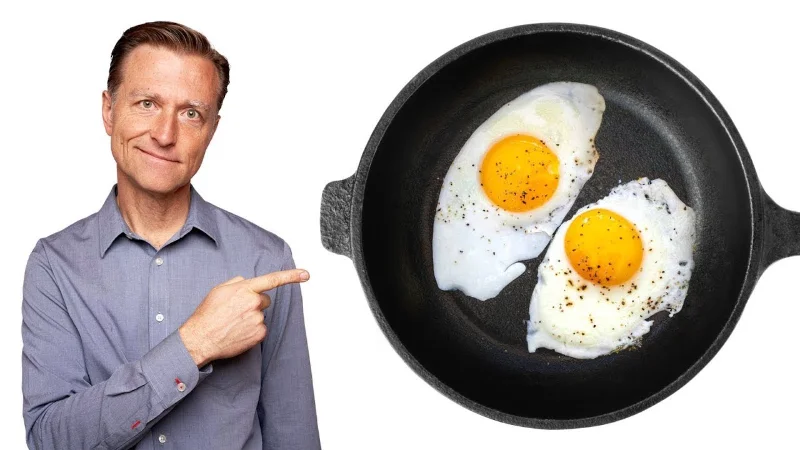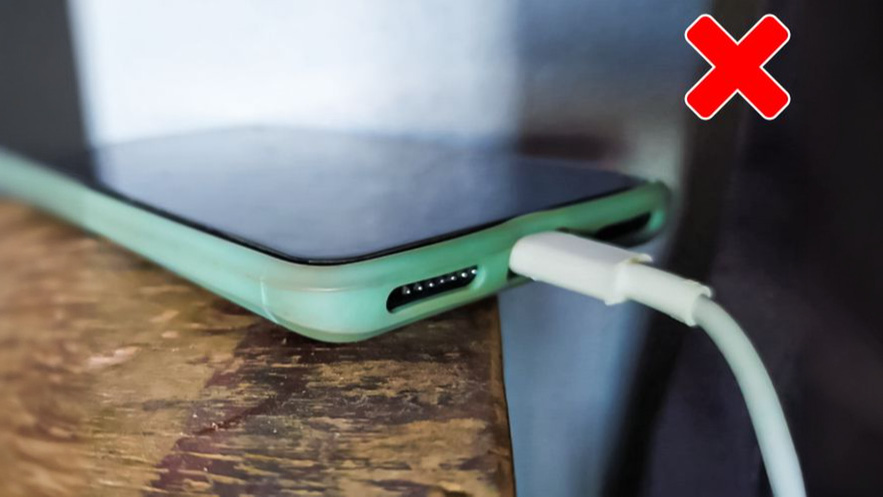13 Rocks You Won't Believe Aren't Man-Made!
Advertisement
6. Skull Rock

A monument to the amazing sculpting ability of nature over millions of years, California's Joshua Tree National Park boasts the famous granite rock known as Skull Rock. Complete with eye-like hollows that seem to look out across the desert terrain, this unique rock formation as its name suggests is quite similar to a human skull. Drawing guests from all around the world who wonder at its eerie resemblance and the geological processes that produced it, the formation has grown to be one of the most identifiable and photographed elements in the park.
Nearly a hundred million years ago, during the Cretaceous period, the tale of Skull Rock starts. Joshua Tree National Park's future site was showing notable geological activity at this period. Underneath the surface of the Earth, molten rock—also known as magma—was gradually cooling to become plutons, or big bodies of igneous rock. These plutons cracked and split as they chilled and consolidated, generating fissures and joints in the rock.
Gradual raising and weathering over millions of years revealed these granite structures. Water erosion was the process that especially resulted in the formation of Skull Rock and the adjacent boulder fields. Originally the area was covered in a layer of gneiss, a metamorphic rock softer and more erosion-sensitive than the underlying granite. Common in desert settings, flash floods progressively undermined this overlaying layer of gneiss, exposing the more durable granite formations below.
The unique skull-like look of the rock comes from a particular kind of erosion sometimes referred to as cavernous weathering or tafoni. Little depressions starting on the surface of the rock initiate this process. Regarding Skull Rock, these first depressions most likely developed along natural granite flaws including joints or places where the mineral composition changed somewhat.
Once these little depressions developed, they gathered water during periods of high humidity and rain. By means of repeated weting and drying, the gathered water started to break down the rock by both physical and chemical means. As the water expands and contracts with temperature variations, physical weathering results from progressively enlarging the depressions. As the somewhat acidic rainwater interacts with granite's minerals, chemical weathering results, further dissolving the rock.
These processes enlarged and deepened the original depressions throughout time, finally creating the eye-like hollows giving Skull Rock its unique look. A coincidence of nature that accentuates the rock's startling resemblance to a human skull is the two equally sized and positioned hollows providing the eye socket effect.
Geologically speaking, the vicinity of Skull Rock is equally intriguing. Massive granite boulders, each sculpted by the same erosion forces that produced Skull Rock, abound across the terrain. For millennia, artists have been inspired and visitors have been enthralled by the strange, almost otherworldly landscape created by these stones, some precariously stacked upon one another.
Starting point for a well-liked 1.7-mile nature walk across the park is Skull Rock. This path lets guests discover Joshua Tree National Park's special desert habitat, where the Colorado and Mojave deserts collide. Along with the natural beauties of the park, the route highlights its varied flora and wildlife, including the Joshua trees—actually a variety of yucca.
Maintaining Skull Rock and the surroundings depends on conservation initiatives. The National Park Service has set aside specific viewing places and educational initiatives explaining the geological and ecological relevance of the site in order to guard the rock formations from damage resulting from tourists.
For similar formations in the park, climate change could endanger Skull Rock and others. The rate of erosion could quicken if weather patterns change and extreme storm frequency rises. Furthermore influencing the fragile equilibrium of the desert ecology around the rock could be variations in temperature and precipitation.
Skull Rock is more than just a unique natural creation. It provides a portal to grasp the intricate geological processes that over millions of years have molded our world. It reminds us of the amazing variety of settings that Earth offers and the need of protecting these natural beauties for next generations to investigate and enjoy.
For researchers, Skull Rock and the environs offer insightful analysis of long-term erosion mechanisms in dry conditions. It provides infinite inspiration for photographers and artists; its form and texture change with the light throughout the day. And Skull Rock is a focal point for wonder and natural world inquiry for the many guests that visit Joshua Tree National Park annually.
Studying and appreciating formations like Skull Rock helps us to better grasp the forces that have sculpted our planet and the need of protecting these geological wonders for next generations. Skull Rock is evidence of the great beauty created by natural processes and their ongoing force on the always shifting canvas of the Earth's surface.
Advertisement
Recommended Reading:
10+ Jaw-Dropping Photos That Shook the Internet →
You are viewing page 6 of this article. Please continue to page 7
Stay Updated
Actionable growth insights, once a week. No fluff, no spam—unsubscribe anytime.
Advertisement
You May Like

How Many Faces You Spot in This Image Reveals Your Observational Skills
09/24/2025

29 Airports With Special Locations Around The World
09/21/2025

20 Shocking Signs Your Marriage Might Be Doomed to Divorce
08/10/2025

OMG! These Hilarious Traffic Moments Will Brighten Your Day
09/20/2025

30 Most Audacious Cats Ever Caught in Action
08/07/2025

42 Of The World's Most Interesting Airplane Bookshelf Designs
09/19/2025

13 Craziest Laws You Won’t Believe Exist Worldwide
09/21/2025

13 Rocks You Won't Believe Aren't Man-Made!
09/03/2025

The Animal Mafia: Funny Snaps of Wild Gangsters
08/29/2025

25 Dog Breeds Experts Warn May Be Too Dangerous For Your Home
10/31/2025

Hilarious Photos That Have Us Scratching Our Heads
09/27/2025

The Charm Of Time Proof: The Eternal Goddess Of Old Hollywood
10/14/2025

9 Amazing Benefits Your Body Gets from Eating 2 Eggs Every Day
09/02/2025

7 Incredible Upside-Down Houses Across the Globe
10/09/2025

10 Charging Errors You Can Fix Today
09/26/2025

The Most Dangerous Dog Breeds Ranked
09/18/2025

Must Read Masterpiece: The Eternal Book Of All
09/22/2025

20 Heartwarming Animal Photos Sure to Brighten Your Mood
08/10/2025

9 Amazing Fractals Found in Nature
10/21/2025

13 Bizarre Lakes You Won't Believe Exist
10/22/2025

Cats Being Hilariously Funny Without Even Trying
10/14/2025

10 Items You Should Never Put Down the Drain
10/10/2025

Spark Stars: The Most Amazing Celebrity Jewelry
10/12/2025

13 Mind-Blowing Photos You Won't Believe Are Real
09/03/2025
Comments
SpiralEnvoy · 10/07/2025
Quiet champion of maintainability.
StellarTactician · 08/05/2025
I appreciate the clarity—others?